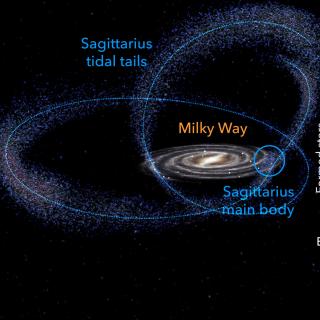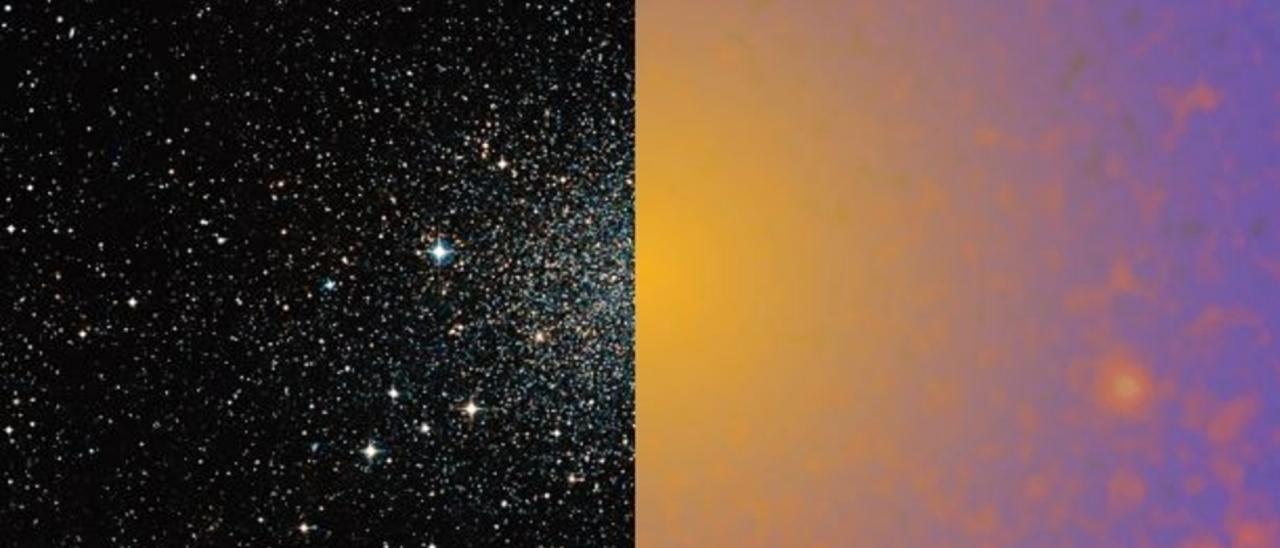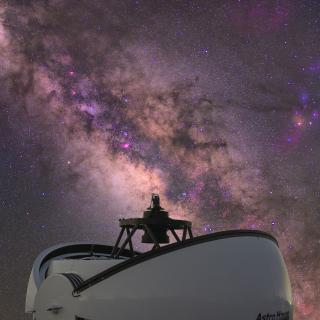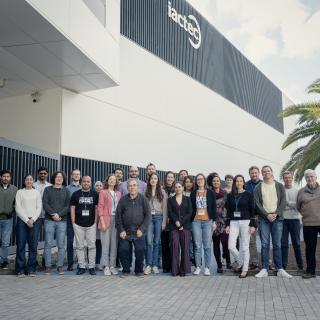The journal Nature Astronomy publishes today, in its collection of reviews dedicated to dwarf galaxies, a new article written by Giuseppina Battaglia, researcher at the Instituto de Astrofísica de Canarias and the University of La Laguna, and Carlo Nipoti, researcher at the University of Bologna. The study describes the latest results on the search for dark matter in Local Group dwarf galaxies.
Dark matter in dwarf galaxies is the subject of a review article published today in the journal Nature Astronomy in its living collection of articles that, from December 2021, is dedicated to the smallest galaxies, both in mass and size, in our Universe. Dwarf galaxies are the most numerous and the first to form, so they are considered key laboratories for testing a large number of open questions in astrophysics, including the existence and properties of dark matter.
Since several decades, the study of the dynamics of galaxies has led scientist to make the hypothesis that only a minority of their mass is formed by luminous matter (matter made by "ordinary" particles) and that the majority is composed by "dark matter", which does not emit or absorb electro-magnetic radiation and whose nature is still unknown. In particular, in dwarf galaxies, the mass in dark matter can be dozens to thousands of times that in luminous matter.
The review published today concerns in particular the motions of stars in those dwarf galaxies that inhabit the Local Group, our neighbourhood, and the use of such motions to infer the amount of dark matter in these galaxies and how it is distributed. “Given how close to us Local Group dwarf galaxies are, they are among the best systems in which to search for indirect signatures of the presence of dark matter from annihilation or decay,” says Giuseppina Battaglia, researcher at the Instituto de Astrofísica de Canarias (IAC) and the University of La Laguna (ULL) and co-author of the review. “But determining the properties of dark matter haloes in dwarf galaxies is important not only for investigating the nature of dark matter, but also to advance in our understanding of the formation and evolution of galaxies.”
“Importantly, according to the standard cosmological model, galaxies form in a bottom-up fashion, i.e, small galaxies form first, while the large ones are formed by a combination of the smaller ones merging together and accretion of matter,” noted Carlo Nipoti, researcher at the University of Bologna and co-author of the article. “In other words, dwarf galaxies would be the "bricks" with which the other cosmic structures are built."
Article: Battaglia, Giuseppina & Nipoti, Carlo: “Stellar dynamics and dark matter in Local Group dwarf galaxies”. Nature Astronomy, May 2022. DOI: 10.1038/s41550-022-01638-7 https://www.nature.com/articles/s41550-022-01638-7
Contact at the IAC:
Giuseppina Battaglia, gbattaglia [at] iac.es (gbattaglia[at]iac[dot]es)






